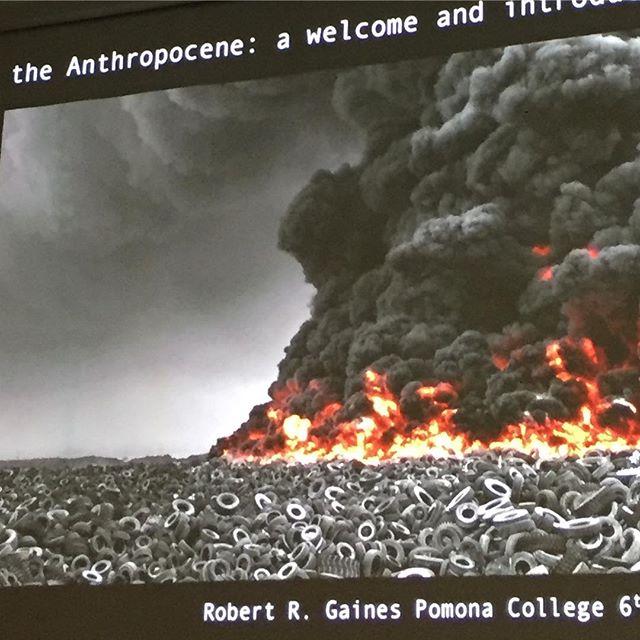syn·site
The future of dynamic, decentralized, and immersive digital spaces.
Decentralized: syn-site operates as a decentralized metaverse, bridging physical and digital realms. This dynamic space, where reality's boundaries blur, allows seamless transitions between real-world locations and virtual environments. Reminiscent of blockchain's decentralization, syn-site encapsulates simultaneous experiences, embodying the coexistence, evolution, and interaction of diverse elements within a networked space.
Agile: syn-site embodies agility. Like a living, breathing entity, it thrives on change and evolution, much like an Agile development team. A syn-site integrates various participants, locations, and perspectives to achieve common goals, adapting and responding to shifts in environments and conditions.
Boundaryless: syn-site exemplifies a boundaryless platform, a site where traditional barriers dissolve. It evolves continuously, adapting and reshaping itself, incorporating new components, and reconfiguring existing ones. Its boundaryless nature empowers users, encouraging active participation and co-creation within this decentralized domain.
Syn-site is not just a place, it's an experience! It marries the power of blockchain technology, the adaptability of Agile methodologies, and the boundaryless nature of modern platforms. Syn-site represents the future of spatial interaction, a quantum leap in the evolution of digital spaces. Welcome to Syn-site, where every place, thought, or dream you've ever had can coexist, interact, and create new experiences. It's not just a site, it's a universe!
The future of dynamic, decentralized, and immersive digital spaces.
Decentralized: syn-site operates as a decentralized metaverse, bridging physical and digital realms. This dynamic space, where reality's boundaries blur, allows seamless transitions between real-world locations and virtual environments. Reminiscent of blockchain's decentralization, syn-site encapsulates simultaneous experiences, embodying the coexistence, evolution, and interaction of diverse elements within a networked space.
Agile: syn-site embodies agility. Like a living, breathing entity, it thrives on change and evolution, much like an Agile development team. A syn-site integrates various participants, locations, and perspectives to achieve common goals, adapting and responding to shifts in environments and conditions.
Boundaryless: syn-site exemplifies a boundaryless platform, a site where traditional barriers dissolve. It evolves continuously, adapting and reshaping itself, incorporating new components, and reconfiguring existing ones. Its boundaryless nature empowers users, encouraging active participation and co-creation within this decentralized domain.
Syn-site is not just a place, it's an experience! It marries the power of blockchain technology, the adaptability of Agile methodologies, and the boundaryless nature of modern platforms. Syn-site represents the future of spatial interaction, a quantum leap in the evolution of digital spaces. Welcome to Syn-site, where every place, thought, or dream you've ever had can coexist, interact, and create new experiences. It's not just a site, it's a universe!
SYN (along with, at the same time | from Greek SYN, with | ~SYNTHETIC) + SITE (N: point of event, occupied space, internet address; V: to place in position | from Latin SITUS, location, idleness, forgetfulness | ~WEBSITE ¬cite ¬sight), cf. SITE/NON-SITE (from Robert Smithson, A PROVISIONAL THEORY OF NONSITES, 1968)









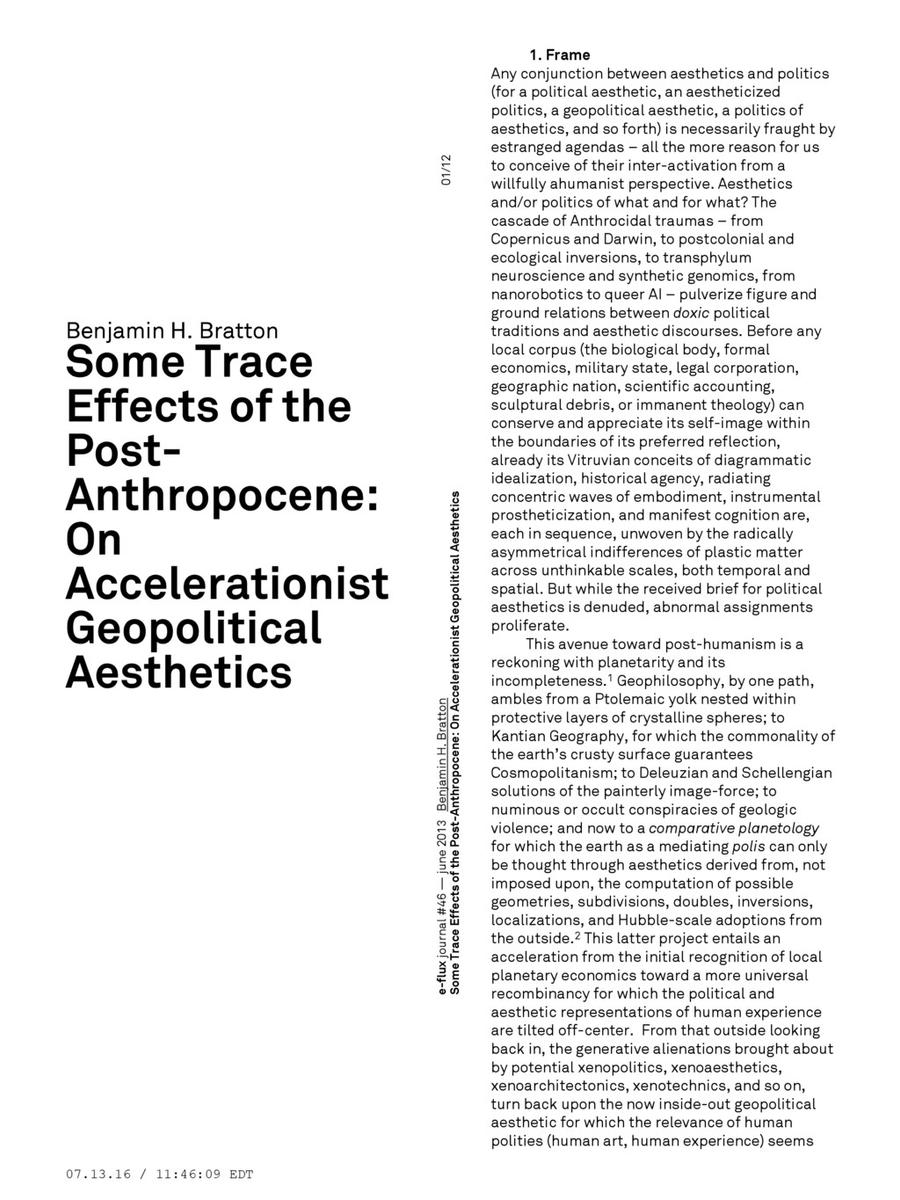





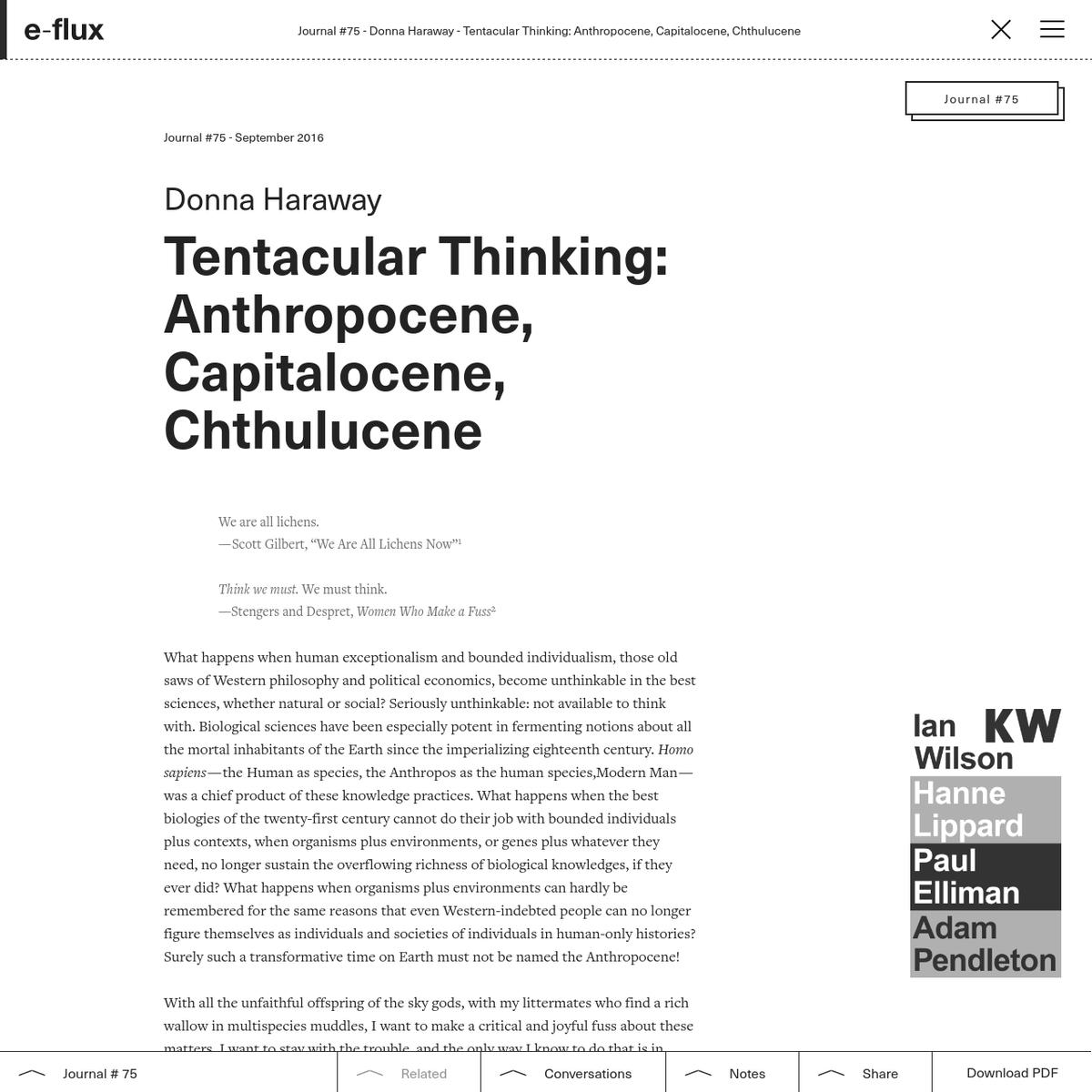


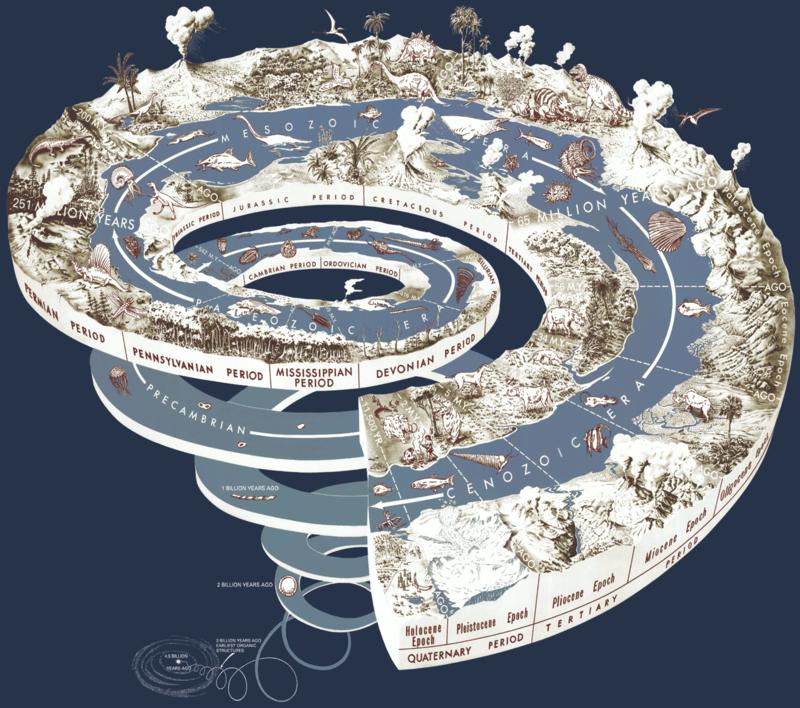


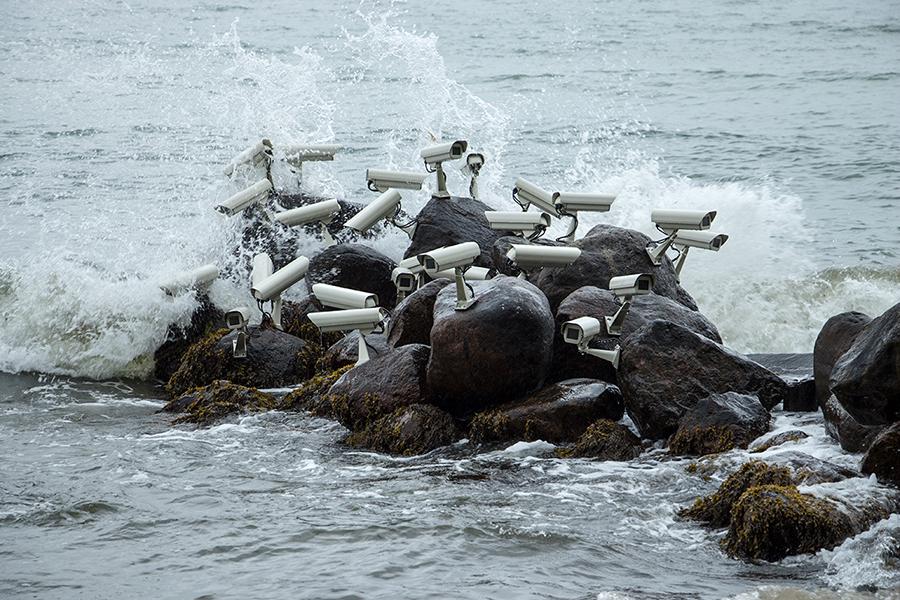


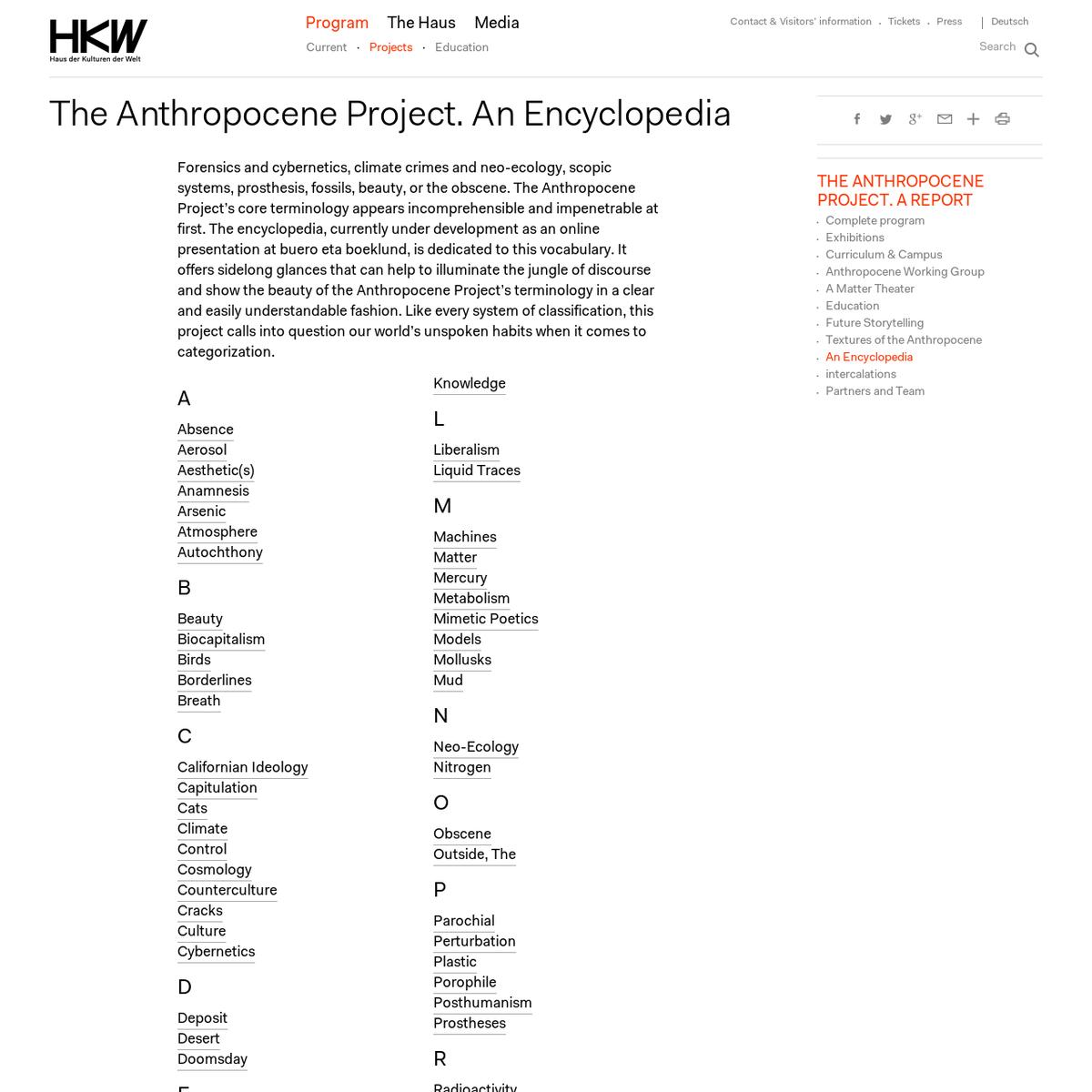


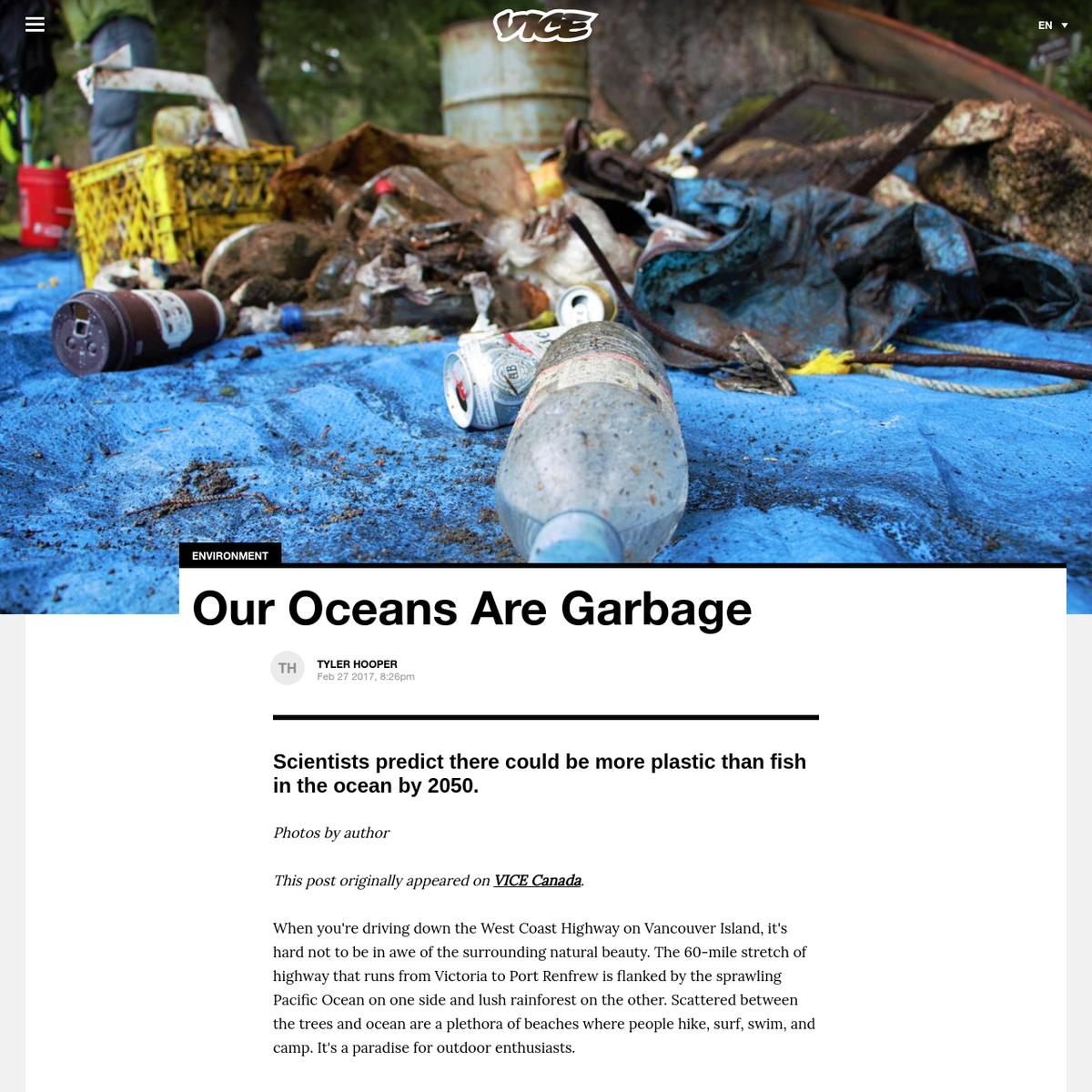


James Bridle on Wexler's warnings about indirect climate change (in the context of aspirational climate control):
"Before going into the details of several proposed weather modification programmers, Wexler gave a stark warning. He cited rising carbon dioxide emissions from industry, and the use of chlorine and bromine in rocket fuel as examples of indirect weather control. This tinkering might result in “rather large-scale effects on general circulation patterns in short or long periods, even approaching that of climatic change. Make no mistake,” he said, “We are in weather control now.”
James Bridle on Wexler's warnings about indirect climate change (in the context of aspirational climate control):
"Before going into the details of several proposed weather modification programmers, Wexler gave a stark warning. He cited rising carbon dioxide emissions from industry, and the use of chlorine and bromine in rocket fuel as examples of indirect weather control. This tinkering might result in “rather large-scale effects on general circulation patterns in short or long periods, even approaching that of climatic change. Make no mistake,” he said, “We are in weather control now.”
James Bridle on Wexler's warnings about indirect climate change (in the context of aspirational climate control):
"Before going into the details of several proposed weather modification programmers, Wexler gave a stark warning. He cited rising carbon dioxide emissions from industry, and the use of chlorine and bromine in rocket fuel as examples of indirect weather control. This tinkering might result in “rather large-scale effects on general circulation patterns in short or long periods, even approaching that of climatic change. Make no mistake,” he said, “We are in weather control now.”
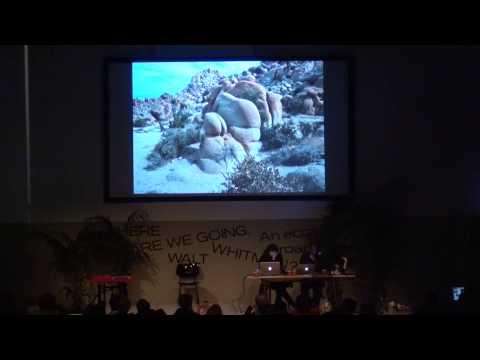














"Part of the Anthropocene’s appeal was the sound of the word itself: portentous, stately, vaguely Latinate, imbued with a dark majesty. Another part of its appeal was its capaciousness — large enough to swallow the whole planet and everything that lives on it."
— Wesley Yang, NYT Magazine (via https://www.nytimes.com/2017/02/14/magazine/is-the-anthropocene-era-a-condemnation-of-human-interference-or-a-call-for-more.html)
"Part of the Anthropocene’s appeal was the sound of the word itself: portentous, stately, vaguely Latinate, imbued with a dark majesty. Another part of its appeal was its capaciousness — large enough to swallow the whole planet and everything that lives on it."
— Wesley Yang, NYT Magazine (via https://www.nytimes.com/2017/02/14/magazine/is-the-anthropocene-era-a-condemnation-of-human-interference-or-a-call-for-more.html)
"Part of the Anthropocene’s appeal was the sound of the word itself: portentous, stately, vaguely Latinate, imbued with a dark majesty. Another part of its appeal was its capaciousness — large enough to swallow the whole planet and everything that lives on it."
— Wesley Yang, NYT Magazine (via https://www.nytimes.com/2017/02/14/magazine/is-the-anthropocene-era-a-condemnation-of-human-interference-or-a-call-for-more.html)
